Industrial waste from factories is inevitable. And the ways factories manage that waste affect the surrounding environment, as well as human health. If not properly disposed of, industrial waste can contaminate soil, air, and water.
But there are points throughout a factory’s lifespan, and its entire production process, where changes can be made to reduce the pollution they produce and ensure proper precautions are in place to protect the environment around them.
1. Building Factories in the Right Place
The best way to reduce pollution in important ecosystems is to keep them from harm’s way in the first place. When new industrial sites are being built, it is important to factor in location and the potential impact the site would have on the surrounding environment. Characteristics such as climate and topography significantly affect how pollutants spread, and these factors also need to be considered. As we continue to build factories and industrial sites, making smart decisions about their locations can help reduce the impacts of the inevitable waste that comes from the factory.
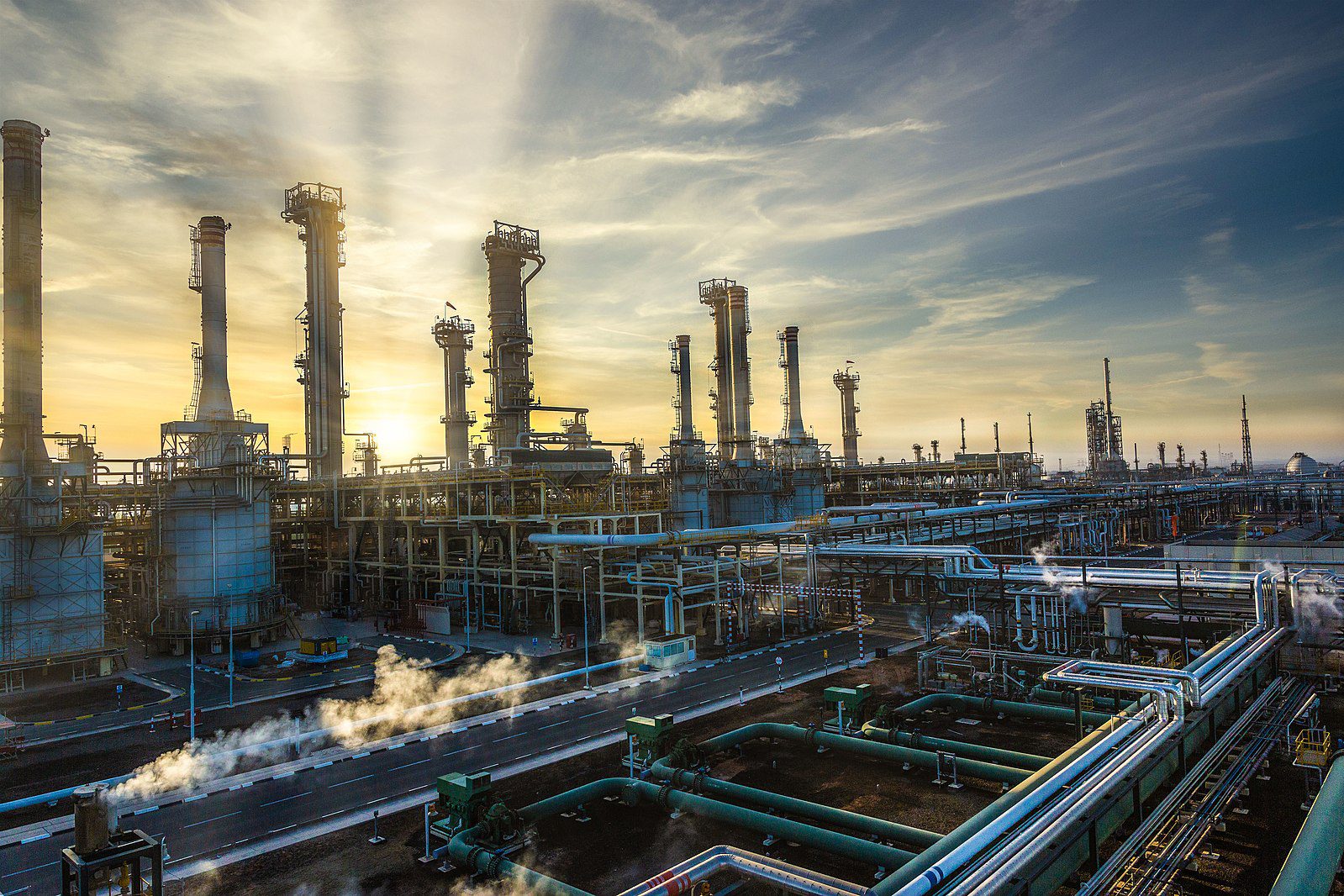
2. Powering Factories with Renewable Energy
Energy consumption is one of the main contributors to factory air pollution. Therefore, factories that require less energy to operate produce less air pollution. A large-scale shift to using renewable energy sources to power factories would result in less pollution over time and could also save factories money in the long run. But the initial investment in greener energy sources is often a hurdle that prevents many factories from making the switch to renewables, even if it makes financial and environmental sense when looking at the bigger picture.
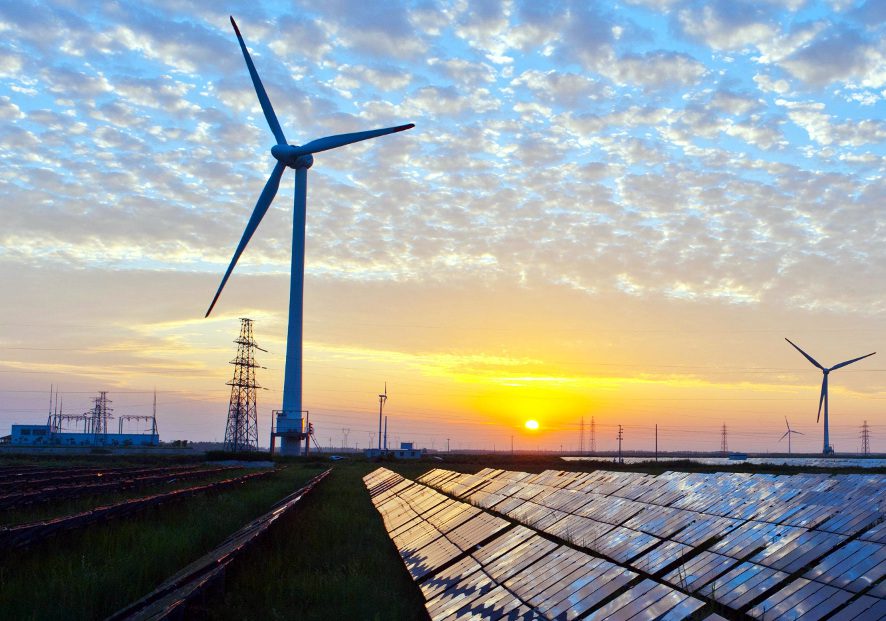
3. Analyzing Factory Waste
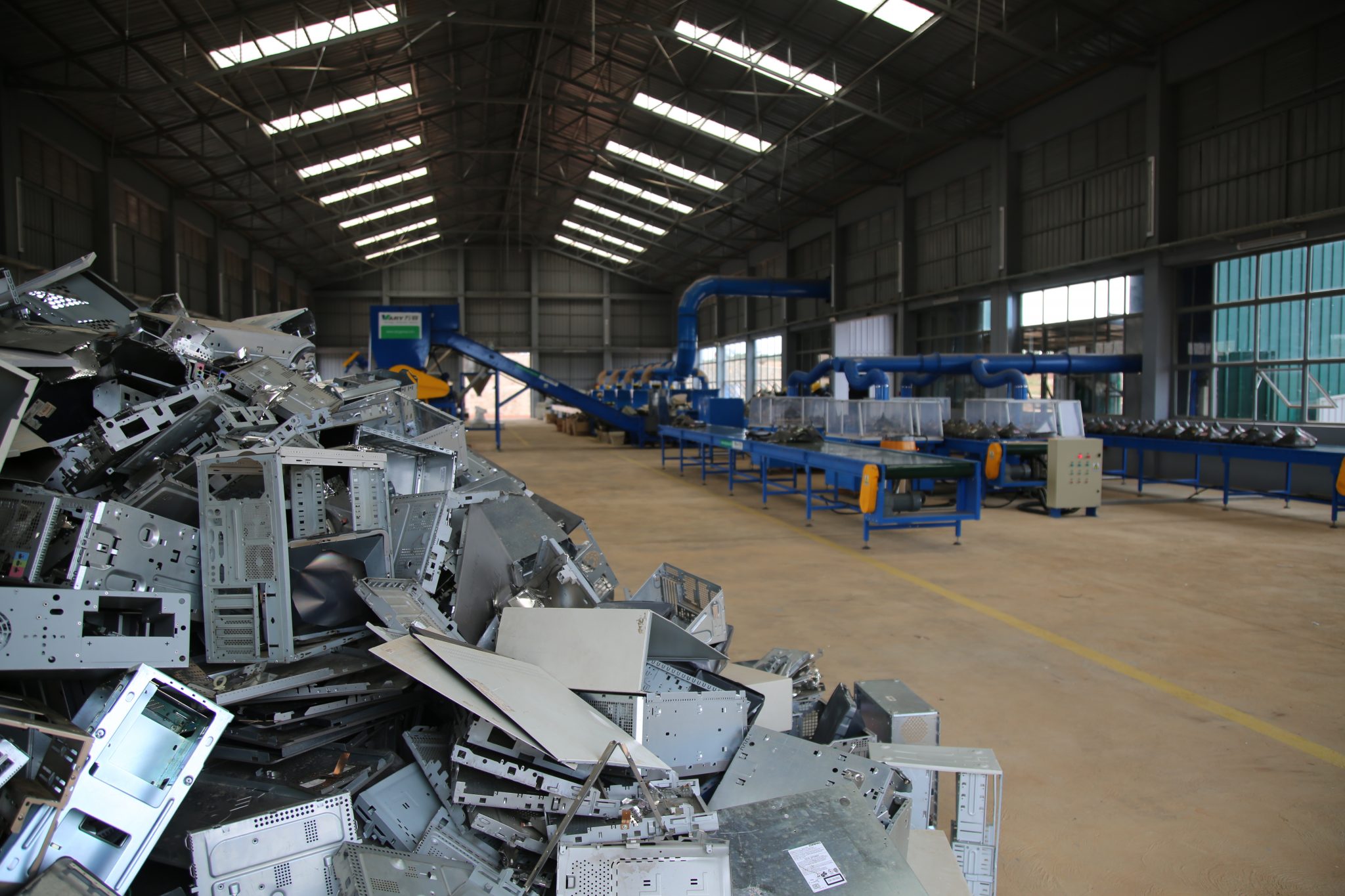
Pollution is tied to waste that is created during the production process. But before factories can effectively work on decreasing waste, they need an accurate picture of the waste at hand. By analyzing their waste output, factories can determine the amounts of different types of waste like food waste, chemical waste, glass, paper, and other elements. Once they have a clear picture of where they are making waste, it’s much easier to make processes more efficient by upgrading equipment, reorganizing inventory, and establishing recycling systems for reusing materials at various stages of production.
4. Proper Treatment of Factory Waste
The proper treatment of waste at the end of the production process is key to reducing factory pollution. Waste treatment is defined as the practice of changing the properties of industrial hazardous waste and making it less harmful. These changes can be physical, chemical, or biological. Physical treatments are processes that may change the shape or size of the waste. In contrast, chemical treatments use chemicals to alter the composition of the waste, and biological treatments use organisms to break down waste components into simpler organic matter and biomass. Treating waste in these ways before it leaves the facility allows factories to reduce the volume and toxicity of their waste before disposal.
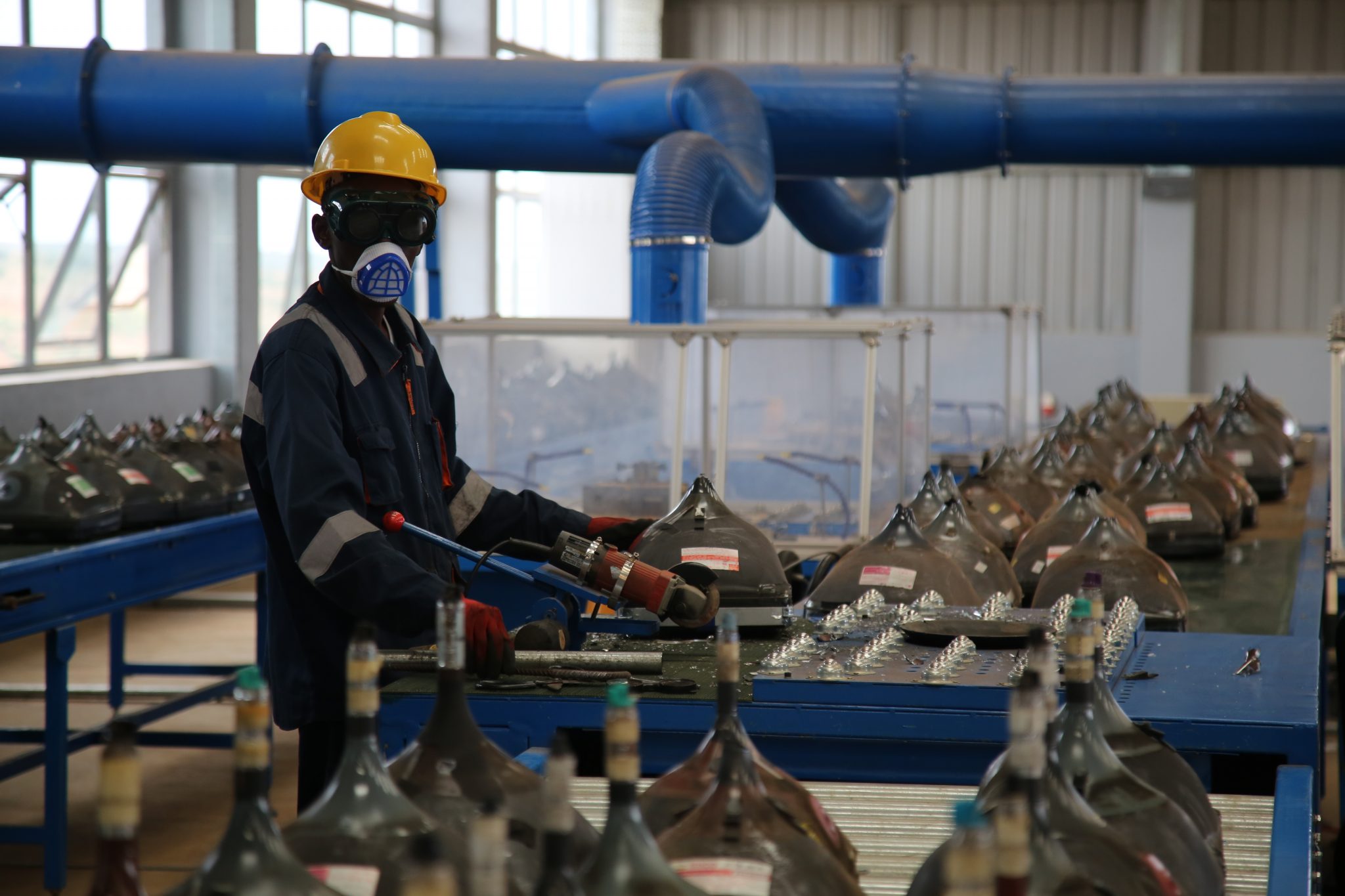
5. Factories Must Run Environmental Impact Assessments
Companies should perform regular environmental impact assessments within their factories to identify potential harmful impacts their waste may have on the natural ecosystem. If harmful impacts are discovered in this assessment, it is the company’s responsibility to take the necessary actions required to address the problem, and correct any negative consequences that have developed.
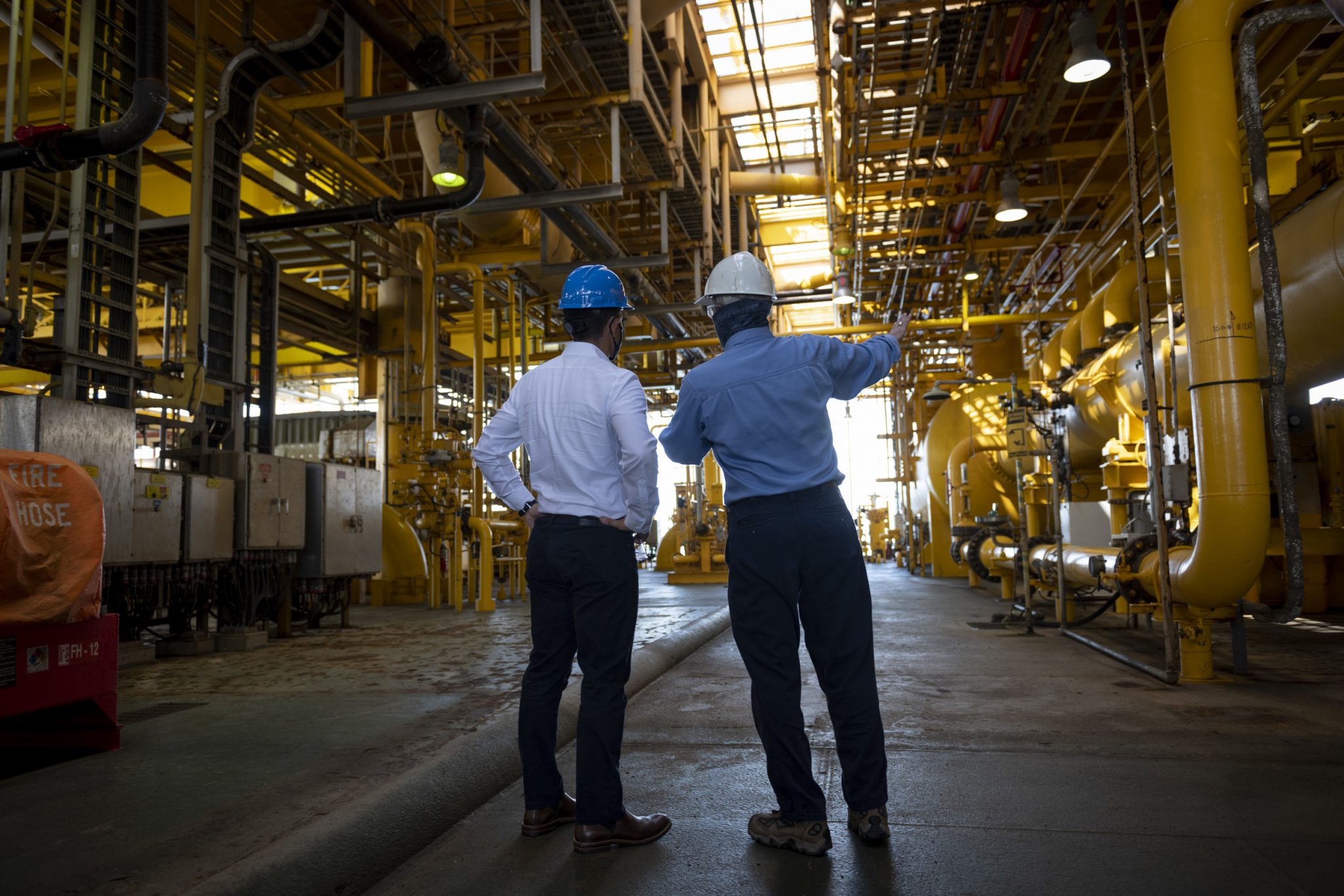
6. Laws and Enforcement Can Help Prevent Factory Waste
 There are many measures that industries themselves can take to reduce factory pollution. Still, it often takes more stringent regulation to decrease factory pollution because many measures that reduce pollution cost money and take time to implement. Government agencies have experimented with many different kinds of environmental regulations, including levies that would make polluters pay a fixed amount of money for pollution, cap-and-trade systems which set the amount of emissions, and waste reduction techniques that all polluters must follow.
There are many measures that industries themselves can take to reduce factory pollution. Still, it often takes more stringent regulation to decrease factory pollution because many measures that reduce pollution cost money and take time to implement. Government agencies have experimented with many different kinds of environmental regulations, including levies that would make polluters pay a fixed amount of money for pollution, cap-and-trade systems which set the amount of emissions, and waste reduction techniques that all polluters must follow.
In addition to implementing these regulations, it is equally important for governmental agencies to take firm action against industries that do not follow pollution protocols and offer significant rewards for companies that operate within guidelines.
Image credits: Factory (The Ruwais Refinery by Rickmaj is licensed under CC BY-SA 4.0); Windmills and solar panels (Renewable Energy on the Grid by Kenueone is licensed under CC0 1.0); Recycling facility (African Waste Management Experts Visit Rwanda E-Waste Recycling Facility – Rwanda Green Fund Investment by Rwanda Green Fund is licensed under CC BY-ND 2.0); Man treating waste (African Waste Management Experts Visit Rwanda E-Waste Recycling Facility – Rwanda Green Fund Investment by Rwanda Green Fund is licensed under CC BY-ND 2.0); Men in facility (Acting Secretary Wolf Tours Marine Terminal Facility (8) by the U.S. Department of Homeland Security); Gavel and books (Court Gavel – Judge’s Gavel – Courtroom by wp paarz is licensed under CC BY-SA 2.0)




